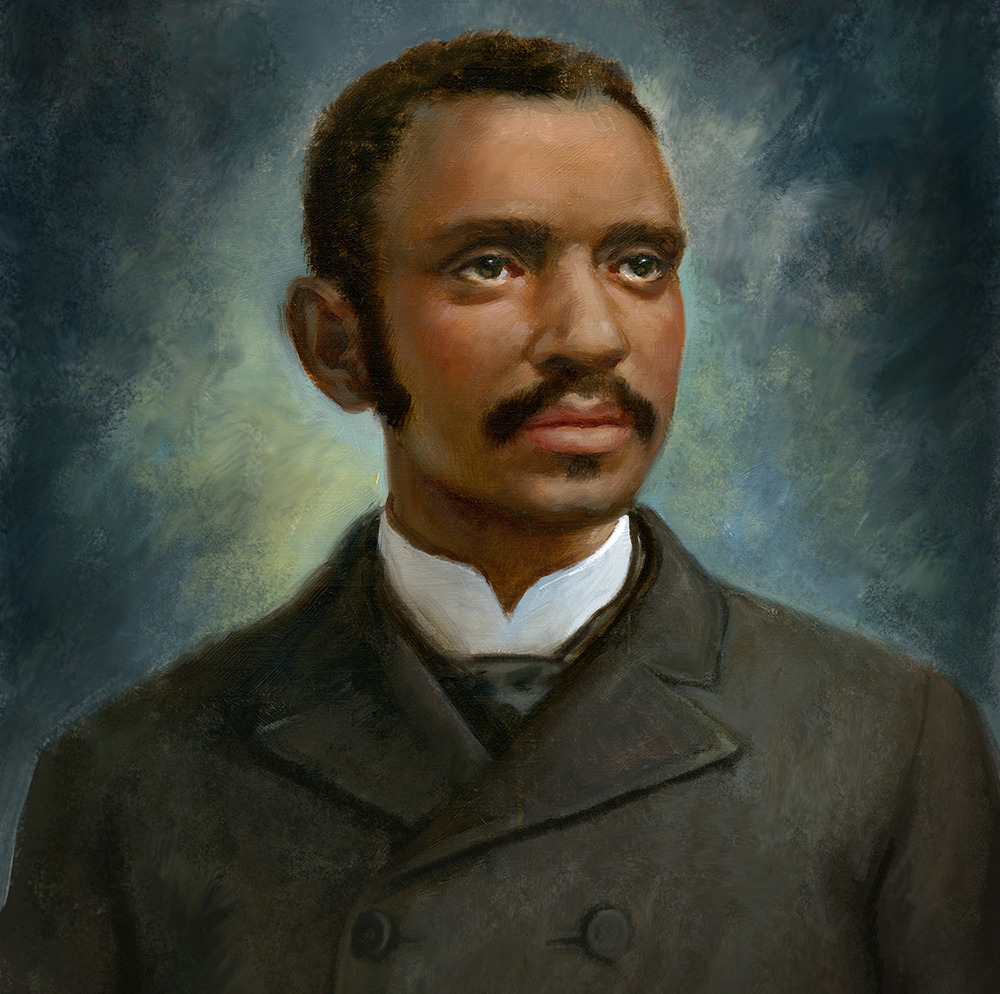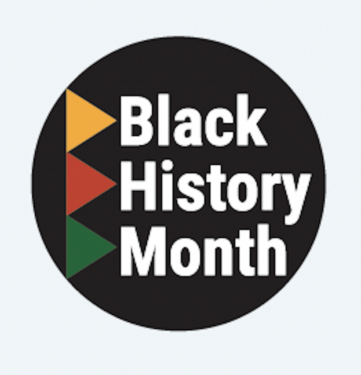
PROSPECT HEIGHTS — In the 1858 tax records of a Kentucky plantation, there is perhaps the earliest mention of the person who would, as a newspaper editor, champion the equal treatment for all races via Catholicism.
Daniel Rudd was listed as a 4-year-old boy among a dozen enslaved people owned by Charles and Matilda Haydon of Bardstown, Kentucky. His value, according to the records, was $250.
Not much is known about Rudd’s childhood, and his name is not prominent among leaders of the civil rights movement, although his contributions were many, as the founder and editor of the American Catholic Tribune in Cincinnati focused on the issues of his time.
In the late 1800s, as Jim Crow laws bolstered segregation in the South, Rudd rallied for egalitarianism, and better educational and economic opportunities for African Americans.
But Rudd also was a passionate apologist for the Catholic faith that his parents passed on to him back in Kentucky.
He believed the Catholic tenet of dignity for all was the best vehicle for teaching people how to understand what he often preached: “the Fatherhood of God, and the Brotherhood of Man.”
“The Catholic Church alone can break the color line,” he wrote. “Our people should help her to do it.”
Gary Agee, a Church of God pastor in Camden, Ohio, has written two books about Rudd.
Agee said this pioneering black journalist, who died in 1933, urged the nation to embrace “egalitarian principles that were Catholic to the core.”
The author said he learned of Rudd while researching the history of race and religion for the doctorate degree he earned at the University of Dayton.
 His first book on Rudd, “A Cry for Justice: Daniel Rudd and His Life in Black Catholicism, Journalism, and Activism, 1854-1933,” was published in 2011. The other, “Daniel Rudd: Calling a Church to Justice,” came out in 2017.
His first book on Rudd, “A Cry for Justice: Daniel Rudd and His Life in Black Catholicism, Journalism, and Activism, 1854-1933,” was published in 2011. The other, “Daniel Rudd: Calling a Church to Justice,” came out in 2017.
Agee said Rudd was unusually bright and gifted. As a child on the plantation, he no doubt had no education, and after emancipation he graduated from a public high school.
But by sheer force of will, Rudd subsequently became a self-taught man, learning multiple languages, including German and Latin.
He also mastered journalistic writing, public speaking, and the technical challenges of running a newspaper press and a commercial print shop.
Rudd was mentored throughout his life, especially as a child, at the Basilica of St. Joseph Proto-Cathedral, where he was catechized by Father John Verdin, a Jesuit.
In the second book, Agee describes a rare personal reflection Rudd wrote after running into Father Verdin many years later in St. Louis.
“We had the great pleasure to meet our old instructor,” Rudd wrote. “How well did we remember the musical sound of his kind voice. It seemed like childhood days again, when in Bardstown at Old St. Josephs we received words of counsel and listened to his matchless oratory.”
Agee’s research brought him to the writings of Father Cyprian Davis, the renowned historian and black Benedictine monk, who wrote “The History of Black Catholics in the United States” in 1995.
“It is a seminal work,” Agee said. “And in that, I think Rudd gets 14 pages.”
The author said he believed Father Davis (1930-2015) sought to point out African Americans who made major contributions to the Catholic Church but had not been recognized.
Still, Rudd remains largely unknown in the 21st century.
“I called the African American Studies Department at the University of Cincinnati,” Agee recalled. “Now, keep in mind, Rudd published the American Catholic Tribune from 1886 to 1893 in Cincinnati. And they didn’t know about him either.”
Still, Agee said Rudd’s newspaper was well-read in Cincinnati, and it also had subscribers throughout the U.S. and even some abroad. He later moved its office to Detroit in 1884 and continued operations there until he closed it in 1897.
Yet despite the newspaper’s reach, Rudd did not get the same notoriety as his friends and fellow black journalists, Ida B. Wells and Timothy Thomas Fortune. They, like Rudd, were early leaders in the civil rights movement.
Agee speculated that Rudd was less known because his publication focused on Catholic news in the late 1800s and early 1900s. He said that might have made Rudd an outsider to the African American community which was predominantly Protestant.
Also at that time, the Church still faced “nativism” exemplified by the burnings of churches and convents by people who believed Catholics in the U.S. were tools of the pope in Rome, whom they distrusted.
But Rudd appealed for unity among religions.
“In that sense, he also had to be ecumenical and work within the African American community before ecumenicalism was big,” Agee said.
“One could be skeptical of that, if you were African American during the Jim Crow era,” he added. “But Rudd just wanted America to live up to his founding principles, which were articulated in the Declaration of Independence and the Constitution.
“So, he remained sort of an optimist. But he was a realist; he knew that there were problems.”
Still, Rudd believed Church teachings were for everyone, regardless of race. He chastised any Catholics who harbored racism.
For example, some Catholics in the South called the missionary efforts to educate black children, funded by St. Katharine Drexel, a waste of money. Rudd was quick to note that racist Catholics were not products of the Church; they simply were bad Catholics.
He noted that the 1886 ordination of Father Augustus Tolton, the first openly black priest in the U.S., was proof that people of any race can serve the kingdom of God, on earth and in eternity.
“The Catholic Church ignores the color line,” he wrote in 1891. “She has none and does not want one. Those who try so persistently to show she has one, or to make one for her, are shams and failures.”
Agee is on the faculty and a recruiter for Anderson University’s School of Theology and Christian ministry in Anderson, Indiana. He said Rudd deserves to be vaulted from obscurity, because his writings are timeless.
“What Rudd is saying is compelling to me — a white, non-journalist, evangelical minister,” Agee said. “When he talks about the ‘Fatherhood of God and the Brotherhood of Man,’ there’s really something very appealing in that.”

Another great detailed historical article by Senior Writer Bill Miller. More interesting is the fact that Bill Miller was editor of a town paper and could appreciate what Daniel Rudd experienced in establshing the American Catholic Tribune! Rudd was certainly a pioneer. Thanks Bill for bringing him to our attention!